Thomas Hartmann. So!
21 March to 27 June 2020 ⟶ Galerie
Partial view of the exhibition
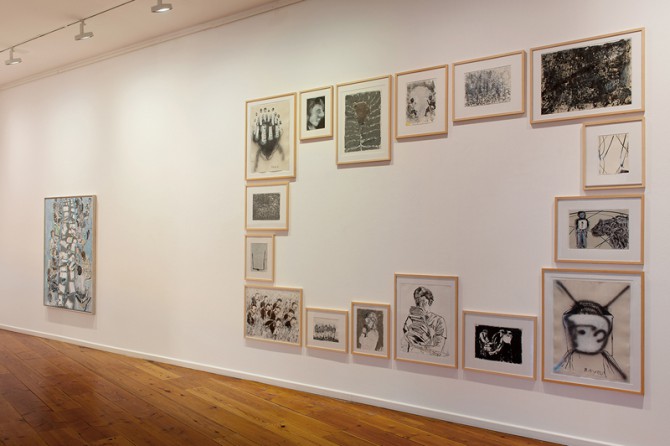
Partial view of the exhibition
Partial view of the exhibition
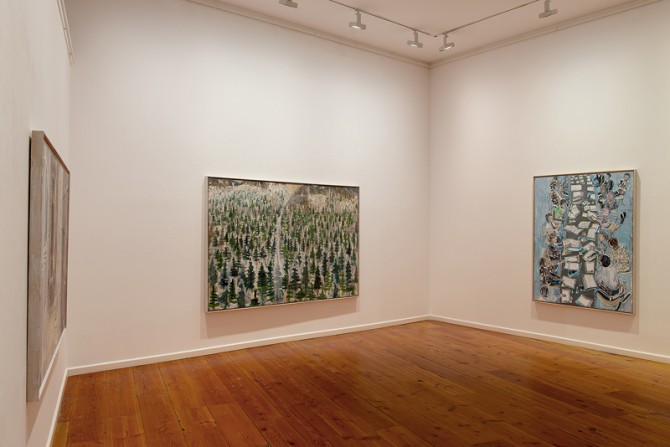
Partial view of the exhibition
Partial view of the exhibition
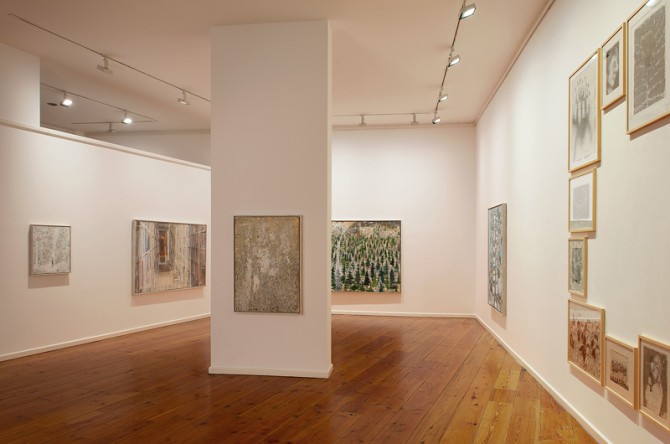
Partial view of the exhibition
Partial view of the exhibition
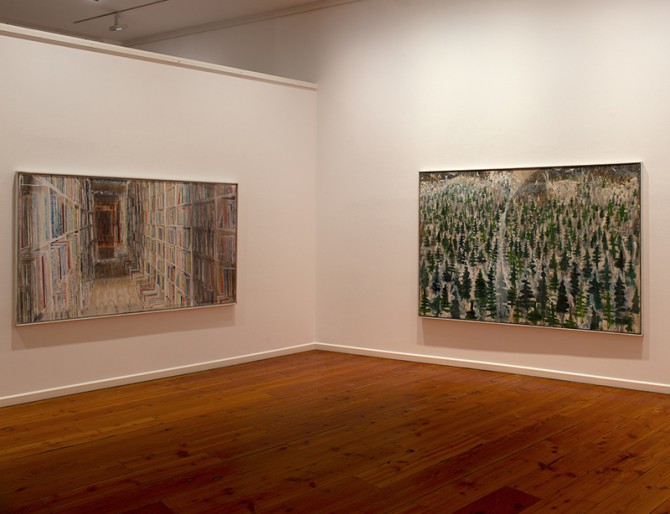
Partial view of the exhibition
Partial view of the exhibition
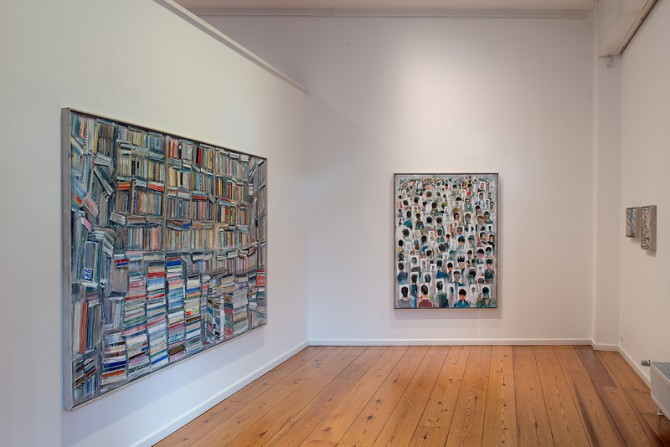
Partial view of the exhibition
Partial view of the exhibition
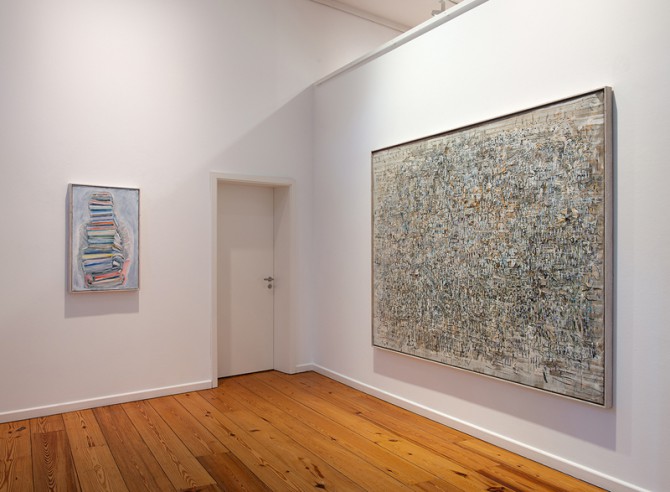
Partial view of the exhibition
Untitled (Library), 2018, oil/canvas, 170 x 250 cm
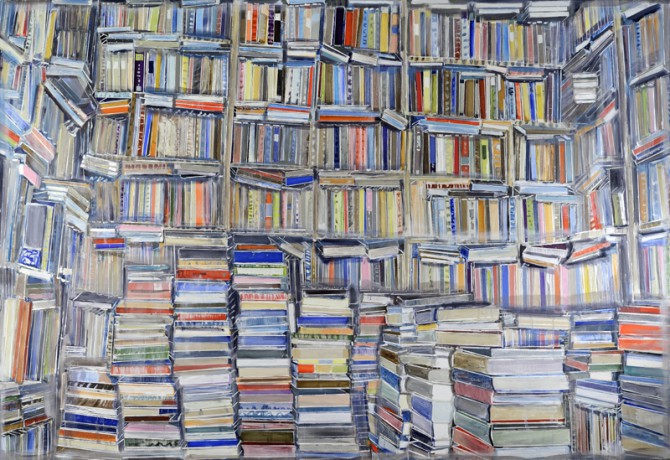
Untitled (Library), 2018, oil/canvas, 170 x 250 cm
Untitled (Modern People), oil/canvas, 2019 -2020, 170 x 130 cm
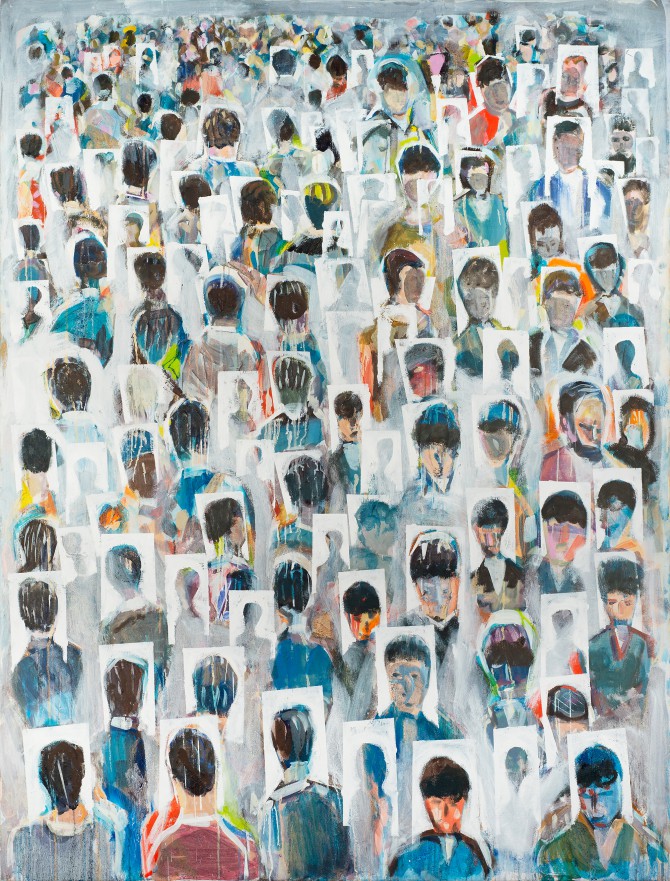
Untitled (Modern People), oil/canvas, 2019 -2020, 170 x 130 cm
Untitled (Horizontal), 2018, oil/canvas, 30 x 40cm
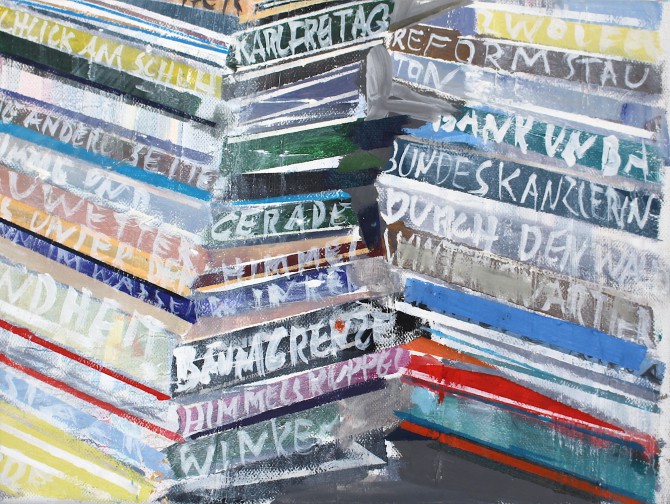
Untitled (Horizontal), 2018, oil/canvas, 30 x 40cm
Berliners, 1999-2018, oil/canvas, 180 x 250 cm
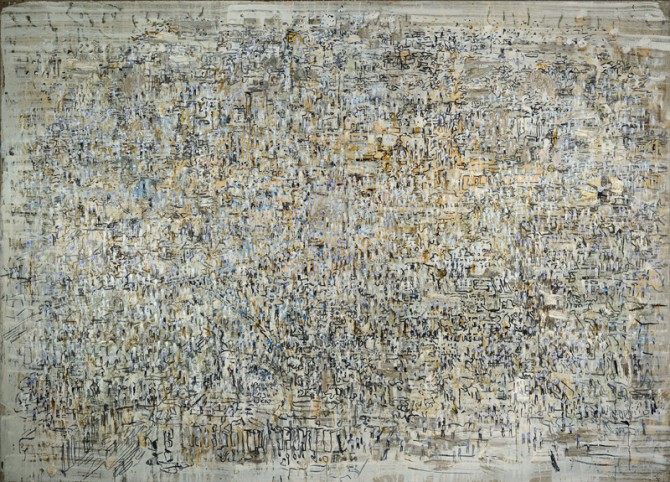
Berliners, 1999-2018, oil/canvas, 180 x 250 cm
Untitled (Different), 2016-2019, oil/canvas, 200 x 150 cm
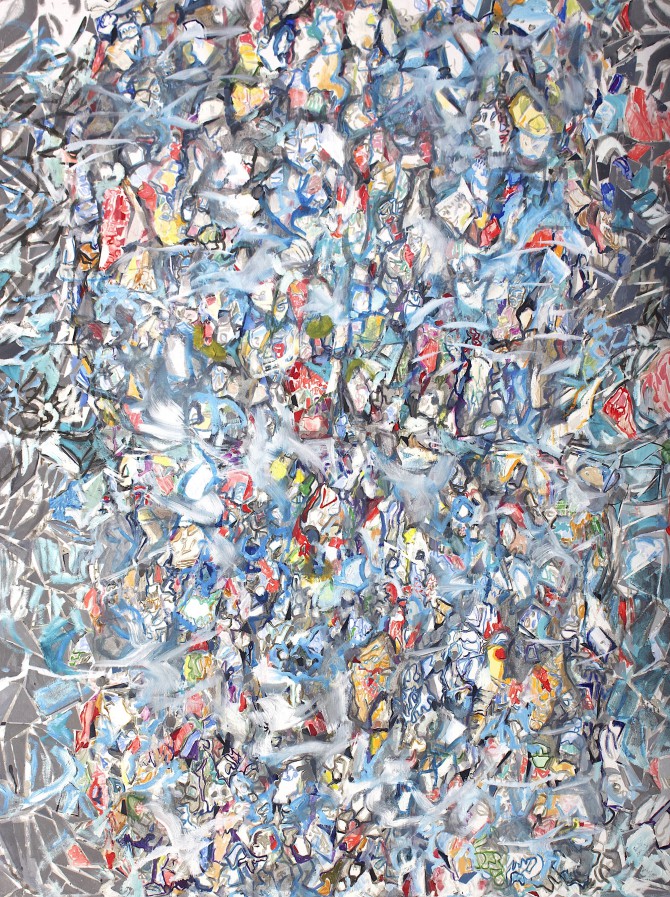
Untitled (Different), 2016-2019, oil/canvas, 200 x 150 cm
Long Table, 2019-2020, oil/canvas, 170 x 130 cm
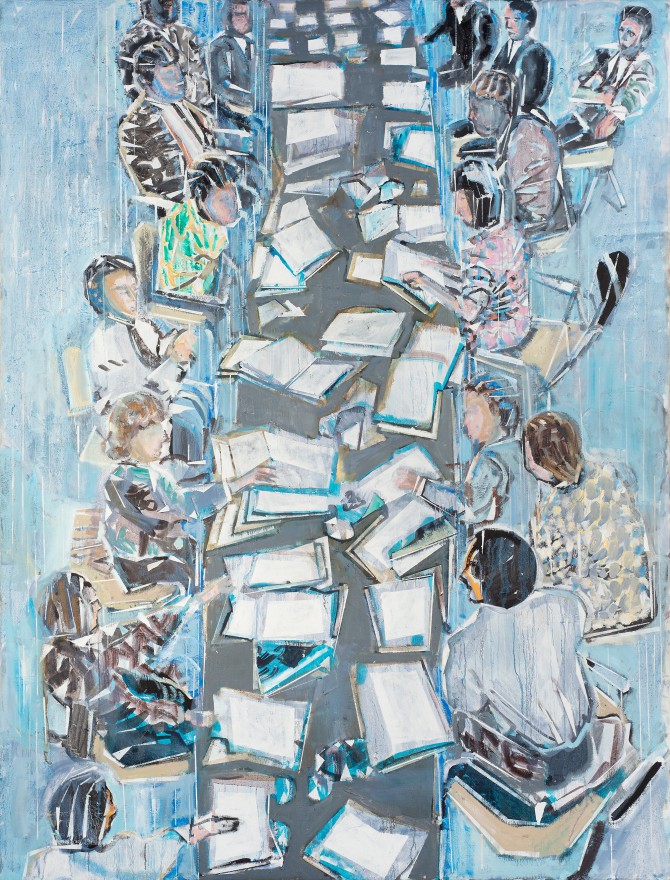
Long Table, 2019-2020, oil/canvas, 170 x 130 cm
Light and Dark, 2016, oil/canvas, 130 x 200 cm
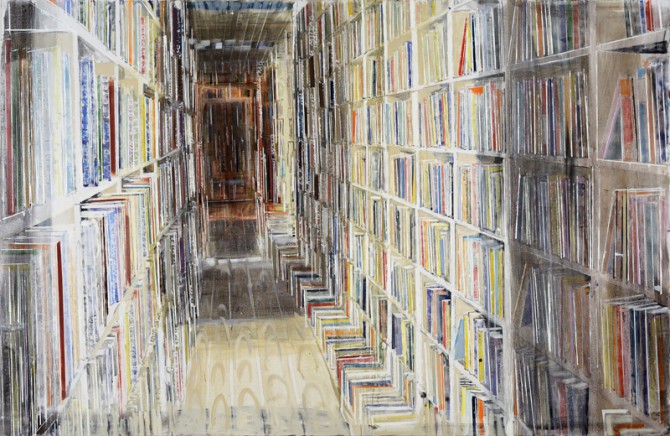
Light and Dark, 2016, oil/canvas, 130 x 200 cm
The Harz Mountains, 2010-2014, oil/canvas, 160 x 240 cm
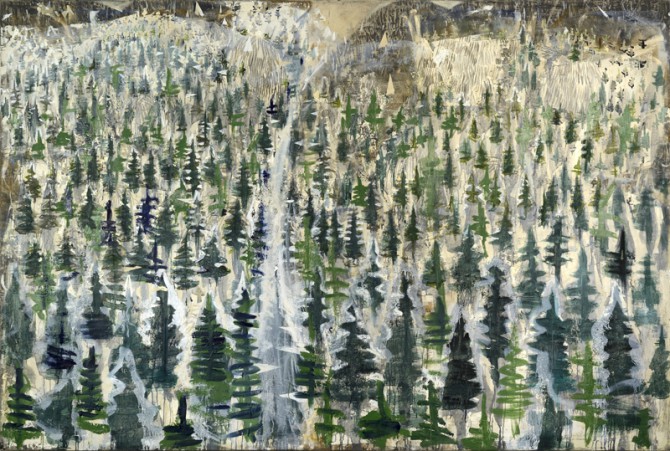
The Harz Mountains, 2010-2014, oil/canvas, 160 x 240 cm
Untitled, 2019-2020, oil/canvas, 140 x 110 cm
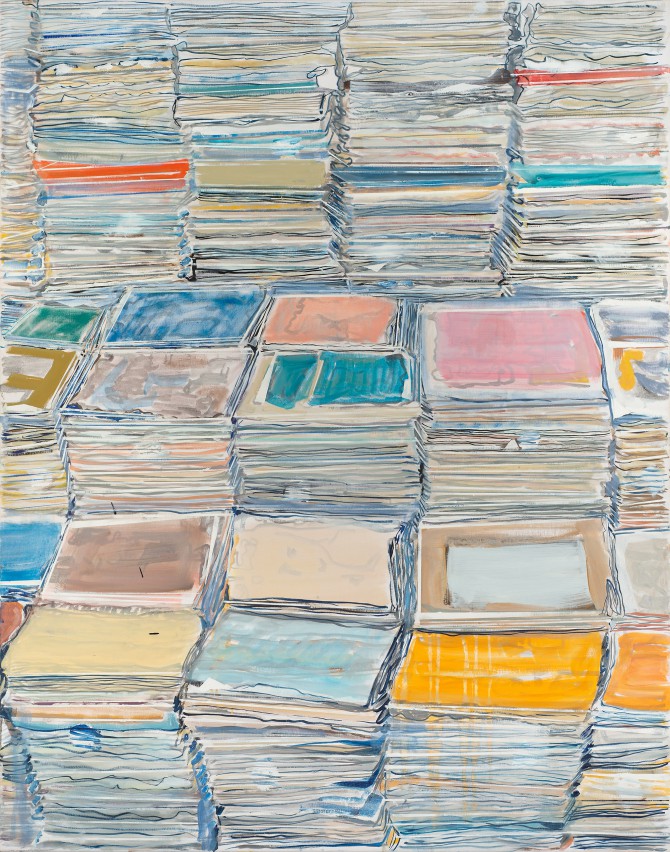
Untitled, 2019-2020, oil/canvas, 140 x 110 cm
Movement, 2010-2018, oil/canvas, 115 x 80 cm
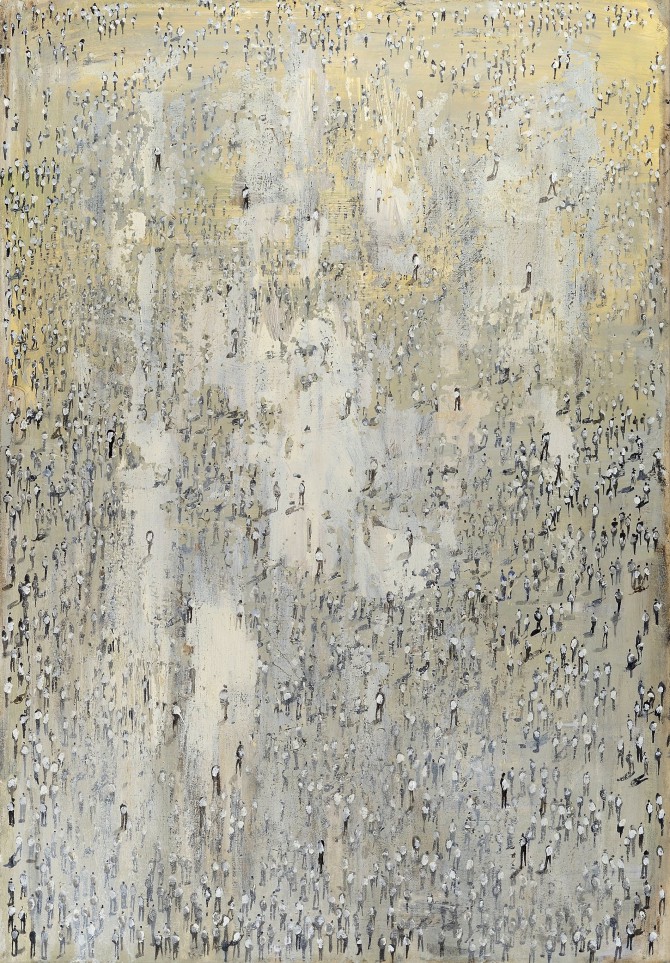
Movement, 2010-2018, oil/canvas, 115 x 80 cm
Untitled (Burden and Pleasure), 2019, oil/canvas, 90 x 60 cm
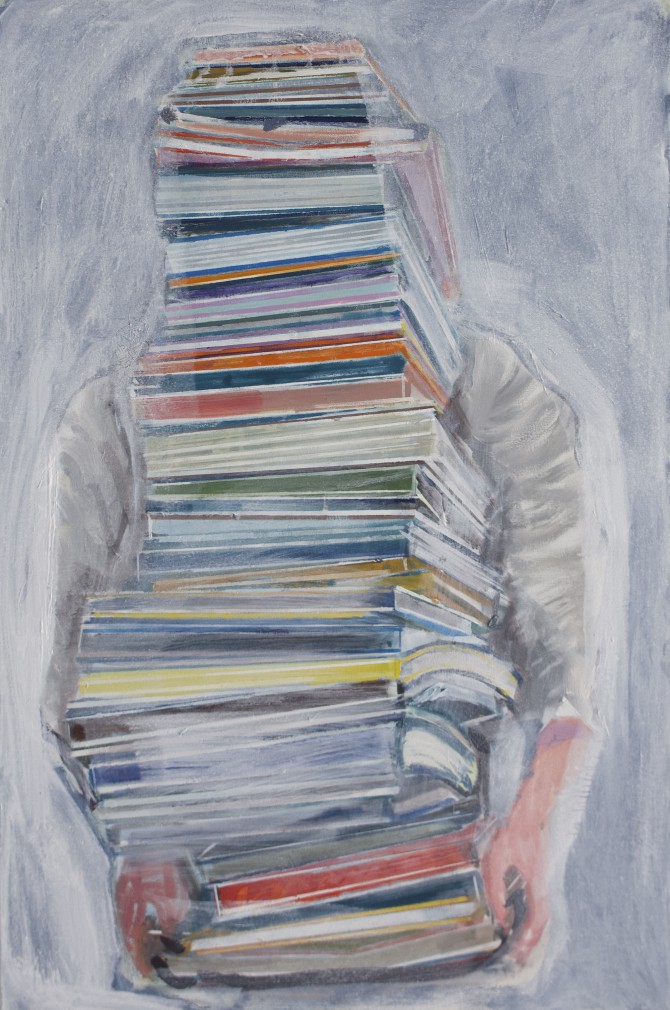
Untitled (Burden and Pleasure), 2019, oil/canvas, 90 x 60 cm
Through the forest, 2017, oil/canvas, 70 x 60 cm
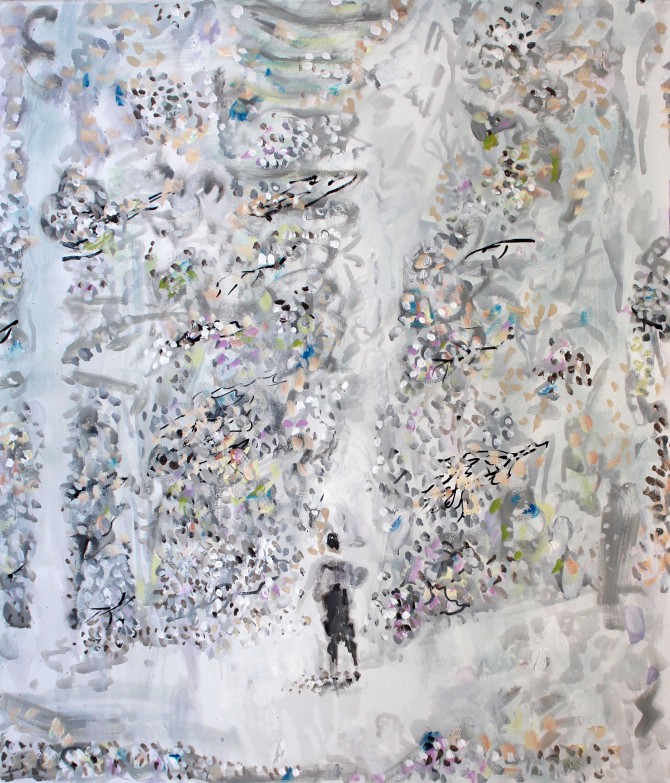
Through the forest, 2017, oil/canvas, 70 x 60 cm
Untitled (Order), 2017-2018, oil/canvas, 50 x 40 cm
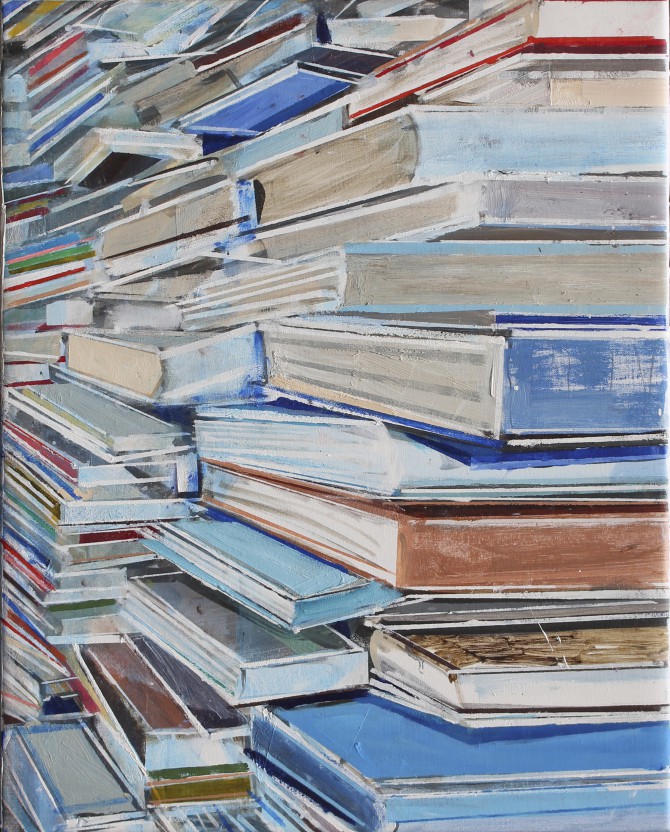
Untitled (Order), 2017-2018, oil/canvas, 50 x 40 cm
Untitled (detail), 2015-2018, oil/canvas, 50 x 40 cm
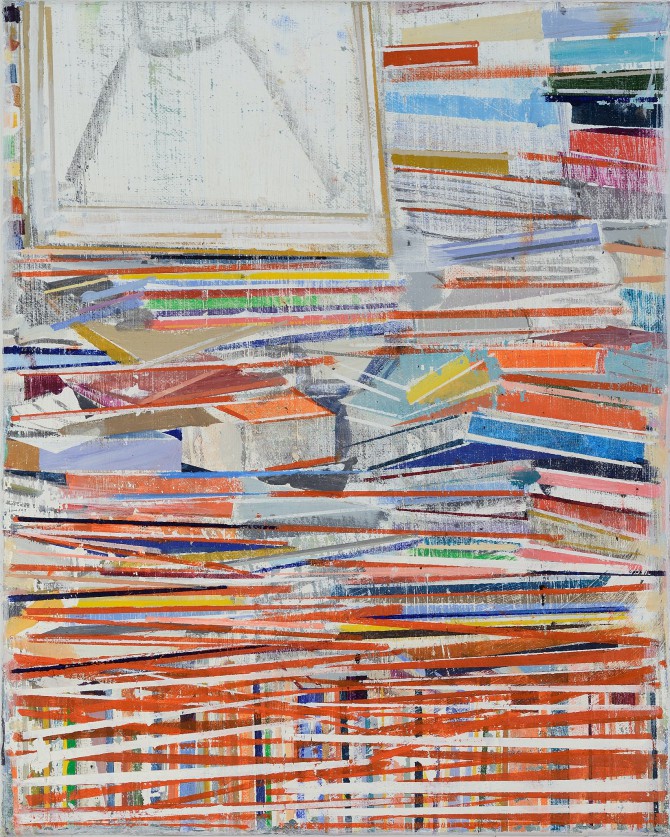
Untitled (detail), 2015-2018, oil/canvas, 50 x 40 cm
Untitled (Books), 2018, oil/canvas, 50 x 40 cm (SOLD)
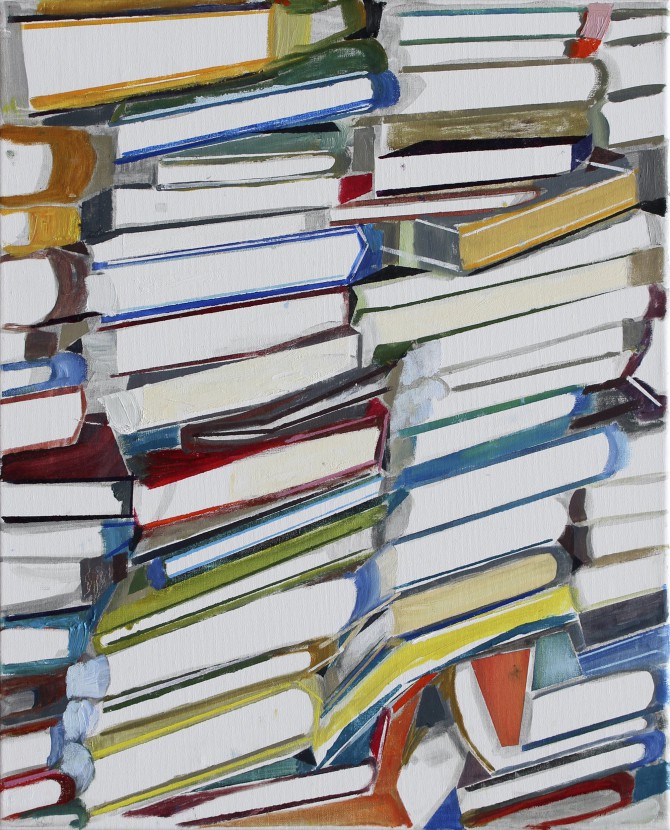
Untitled (Books), 2018, oil/canvas, 50 x 40 cm (SOLD)
Goya, 2005, mixed media/handmade paper, 77 x 57 cm
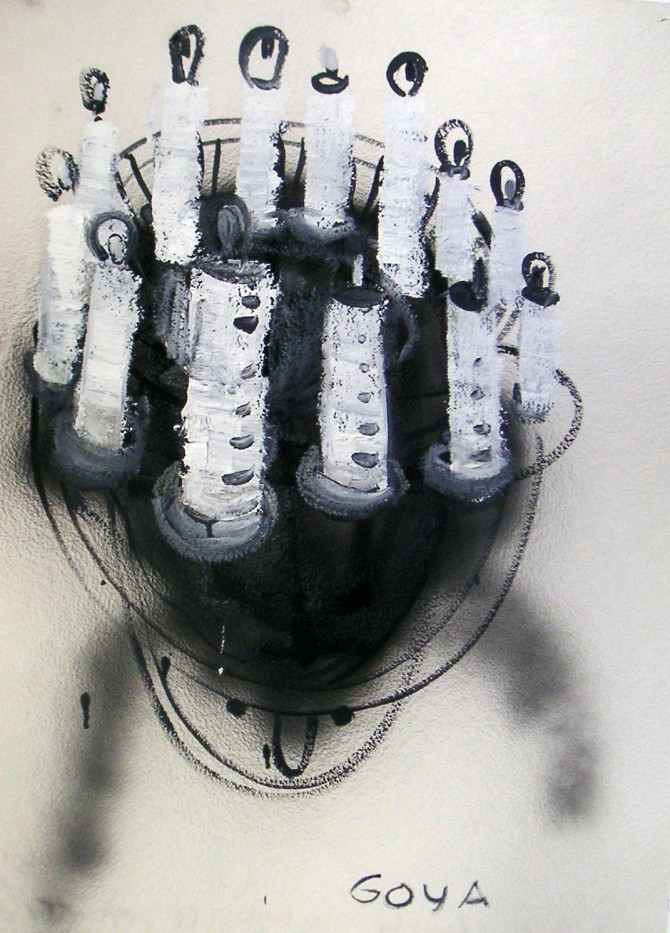
Goya, 2005, mixed media/handmade paper, 77 x 57 cm
The Woman Next Door, 2014, mixed media/paper, 33.4 x 23.6 cm
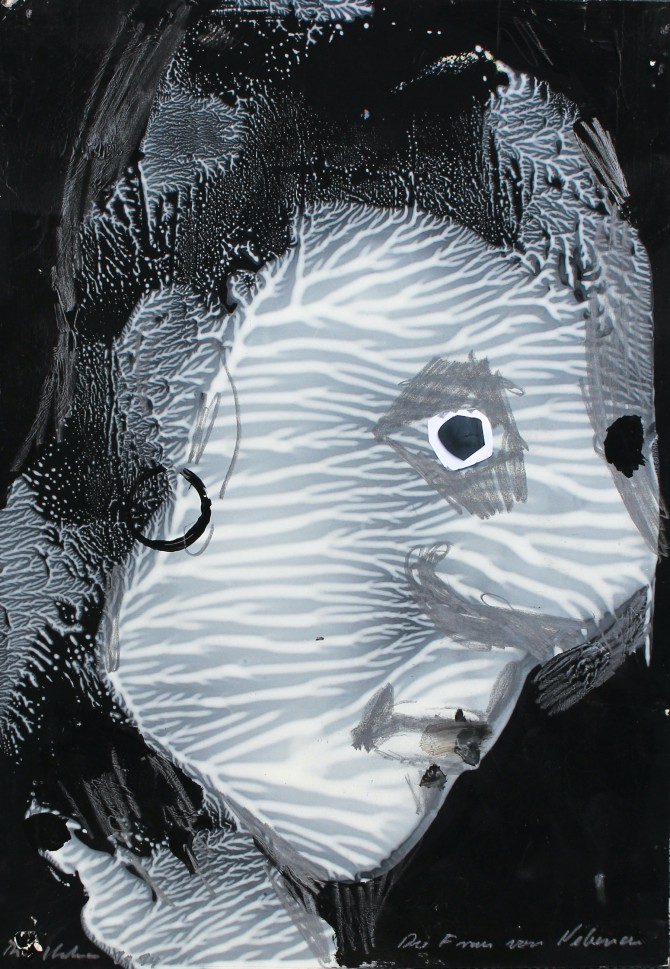
The Woman Next Door, 2014, mixed media/paper, 33.4 x 23.6 cm
Untitled, 2010, mixed media/paper, 59 x 42 cm
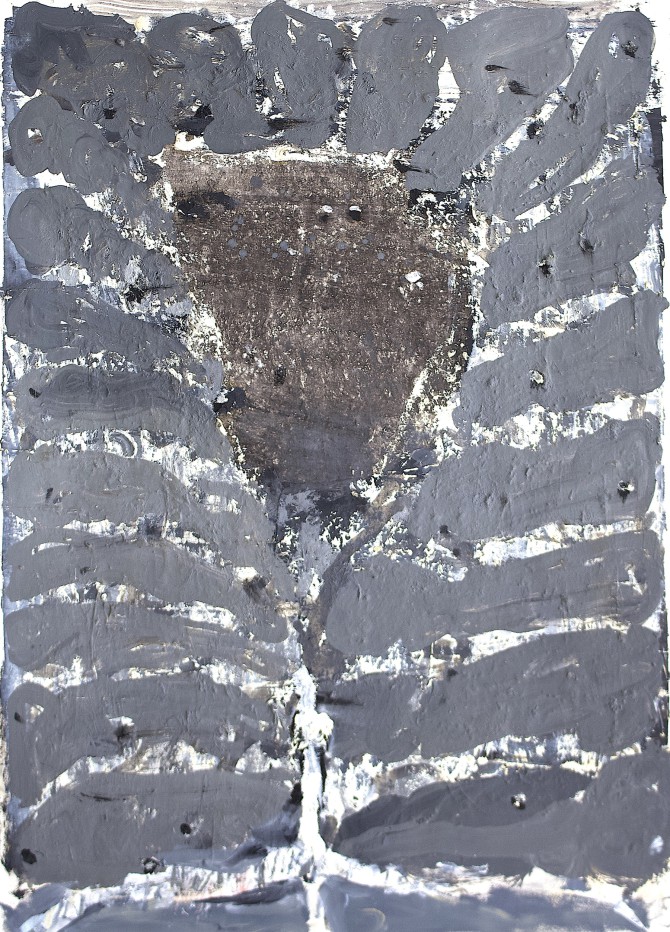
Untitled, 2010, mixed media/paper, 59 x 42 cm
Getting to know each other afterwards, 2013, mixed media/paper, 40 x 30 cm
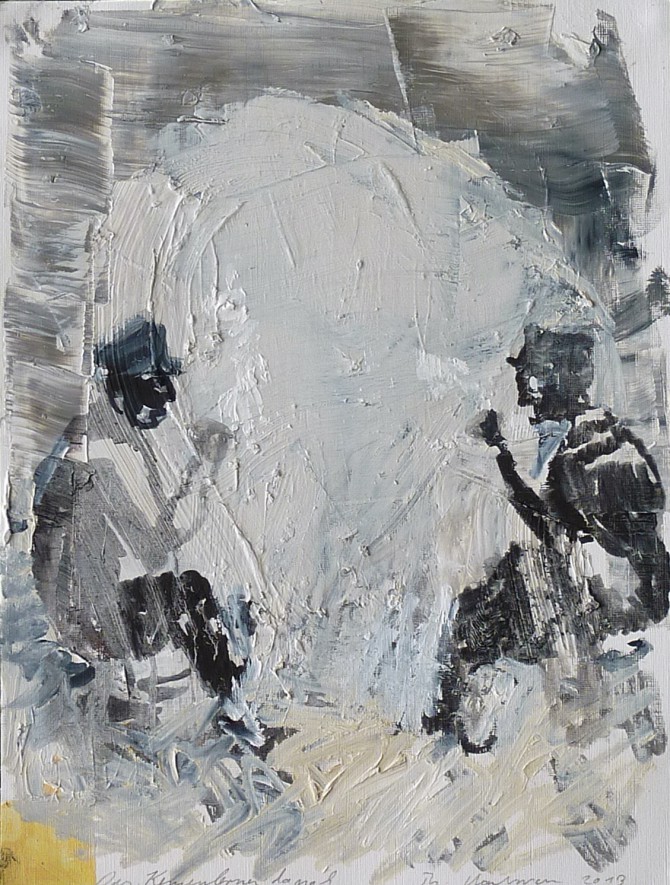
Getting to know each other afterwards, 2013, mixed media/paper, 40 x 30 cm
Nürnberger Blätter 30 (Haltestelle im Wald), 2008, mixed media/paper, 30 x 40 cm
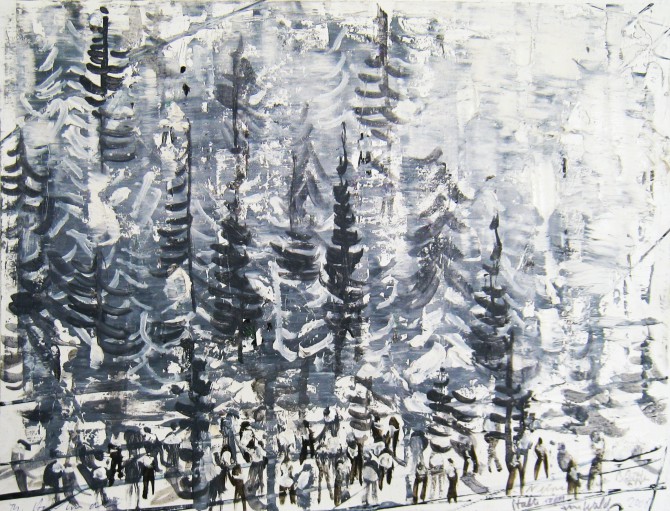
Nürnberger Blätter 30 (Haltestelle im Wald), 2008, mixed media/paper, 30 x 40 cm
Detail, 2007, mixed media/paper, 51 x 71 cm
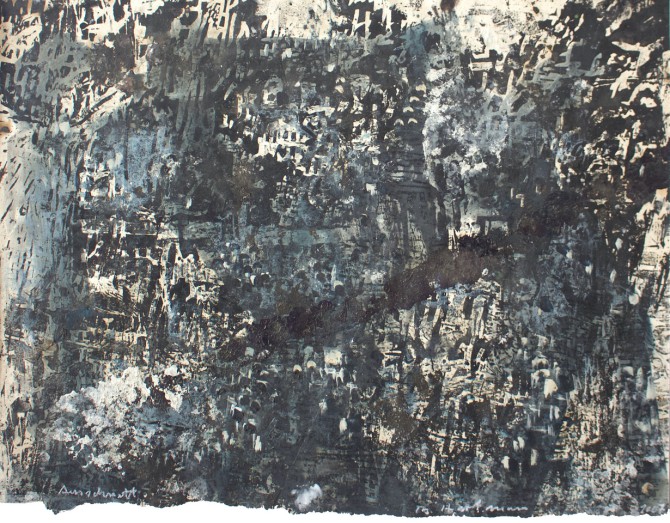
Detail, 2007, mixed media/paper, 51 x 71 cm
Change sides, 2014, mixed media/paper, 29.5 x 21 cm
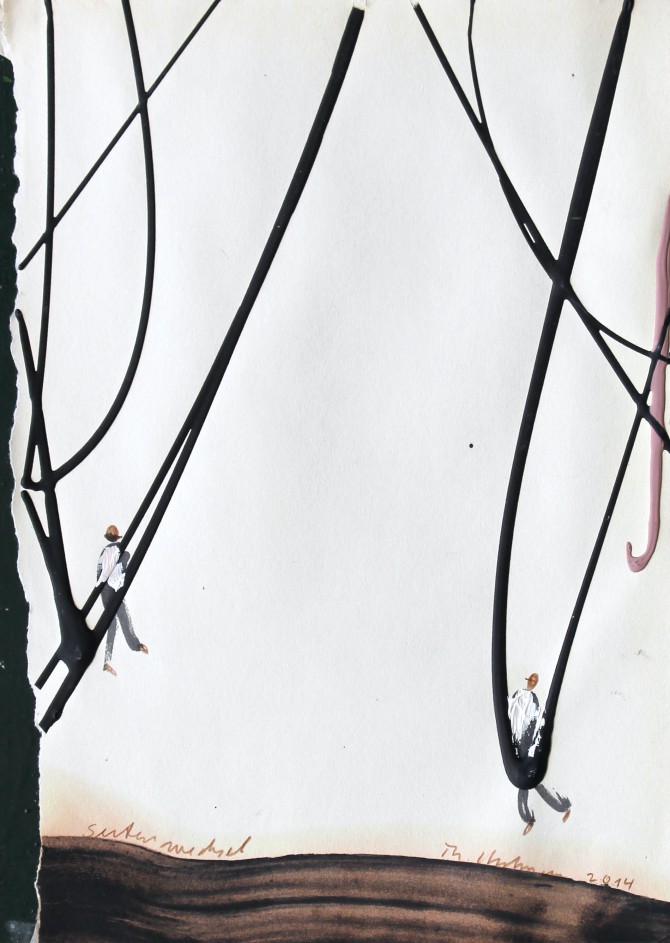
Change sides, 2014, mixed media/paper, 29.5 x 21 cm
Showing, 2014, mixed media/paper, 41 x 29.5 cm
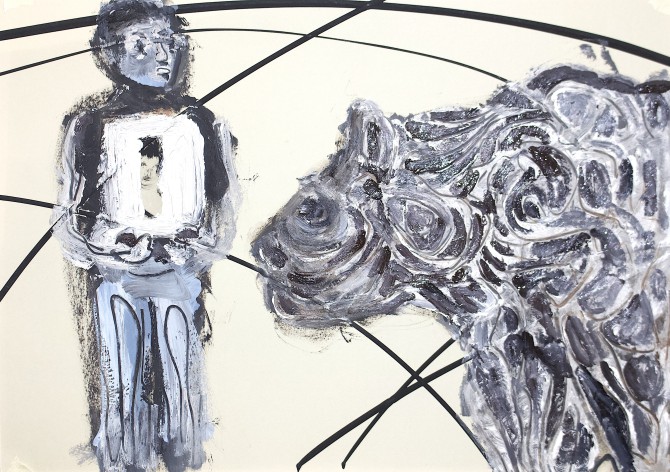
Showing, 2014, mixed media/paper, 41 x 29.5 cm
Bayeu, 2005, mixed media/handmade paper, 77 x 57 cm
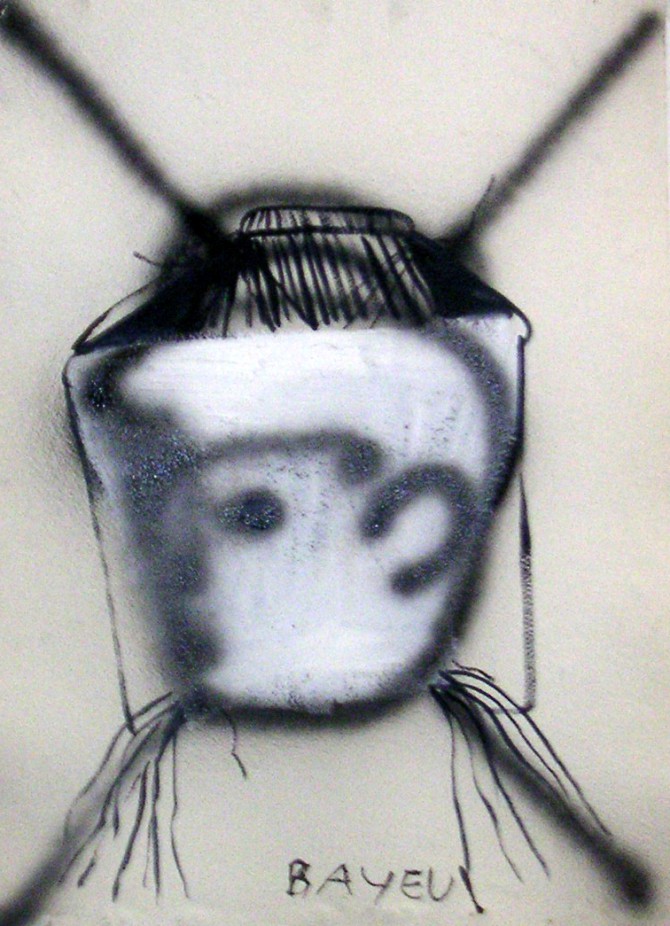
Bayeu, 2005, mixed media/handmade paper, 77 x 57 cm
Cart with bars, 2012, mixed media/paper, 30 x 40 cm
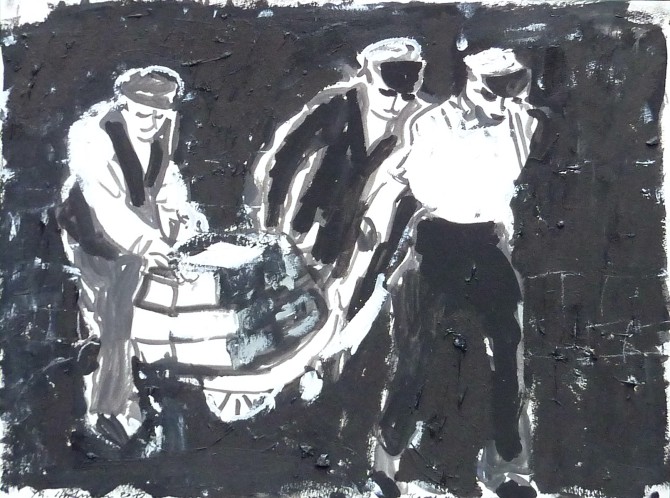
Cart with bars, 2012, mixed media/paper, 30 x 40 cm
Direct Detour (For All of Us)
2013, mixed media/paper, 69.6 x 49.6 cm (SOLD)
2013, mixed media/paper, 69.6 x 49.6 cm (SOLD)
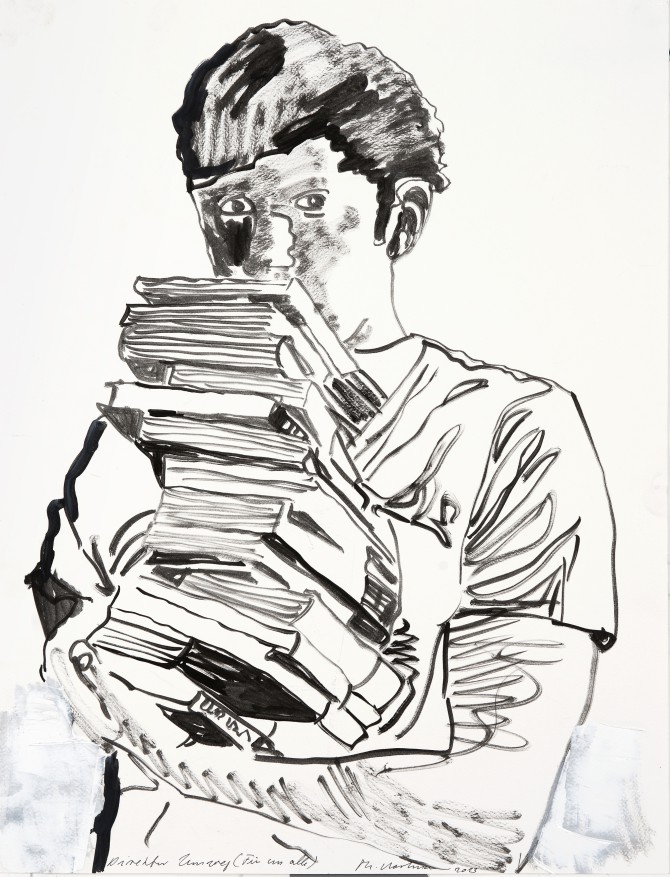
Direct Detour (For All of Us)
2013, mixed media/paper, 69.6 x 49.6 cm (SOLD)
2013, mixed media/paper, 69.6 x 49.6 cm (SOLD)
Silent prayer, 2010, mixed media/paper, 40 x 30 cm
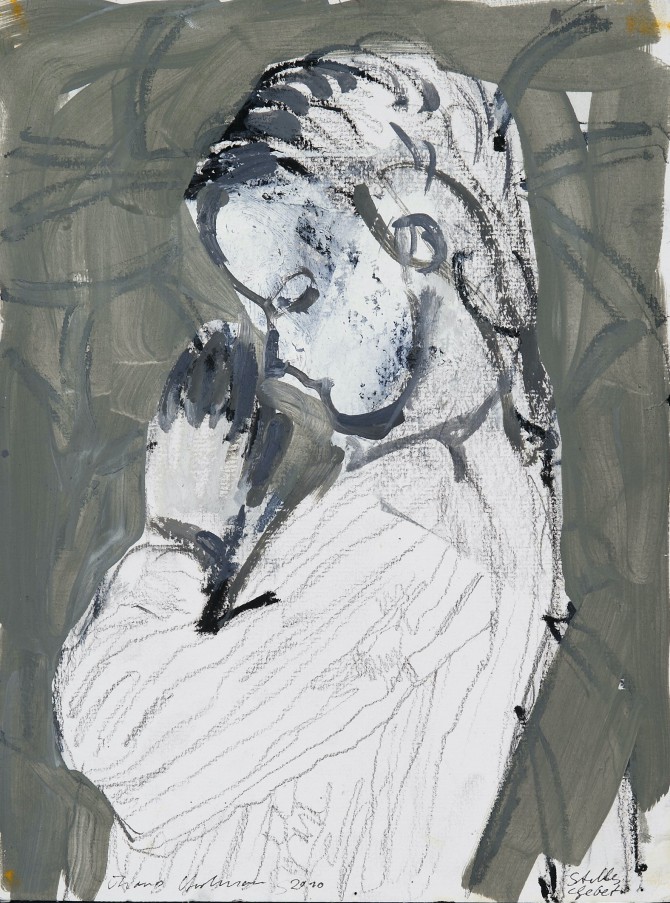
Silent prayer, 2010, mixed media/paper, 40 x 30 cm
At the edge, 2015, mixed media/paper, 24 x 32 cm
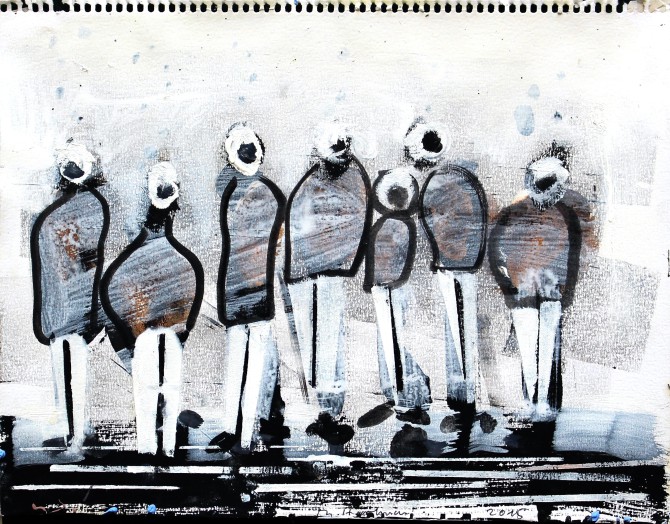
At the edge, 2015, mixed media/paper, 24 x 32 cm
Traces, 2003, mixed media/paper, 57 x 77 cm
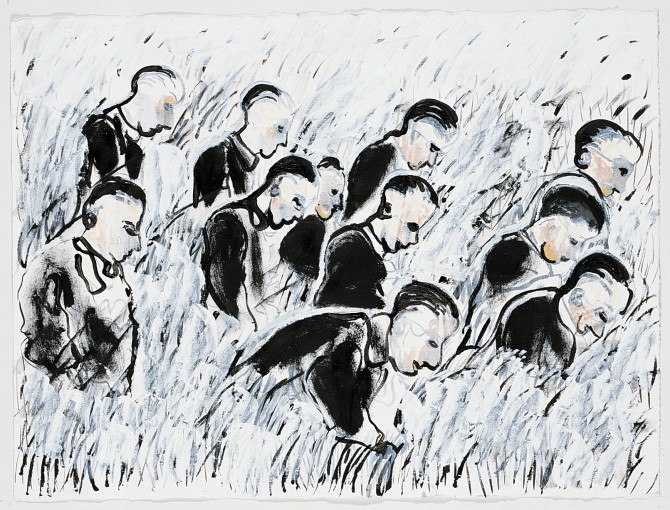
Traces, 2003, mixed media/paper, 57 x 77 cm
You see what I do not see
2015, mixed media/paper, 32 x 25 cm (SOLD)
2015, mixed media/paper, 32 x 25 cm (SOLD)
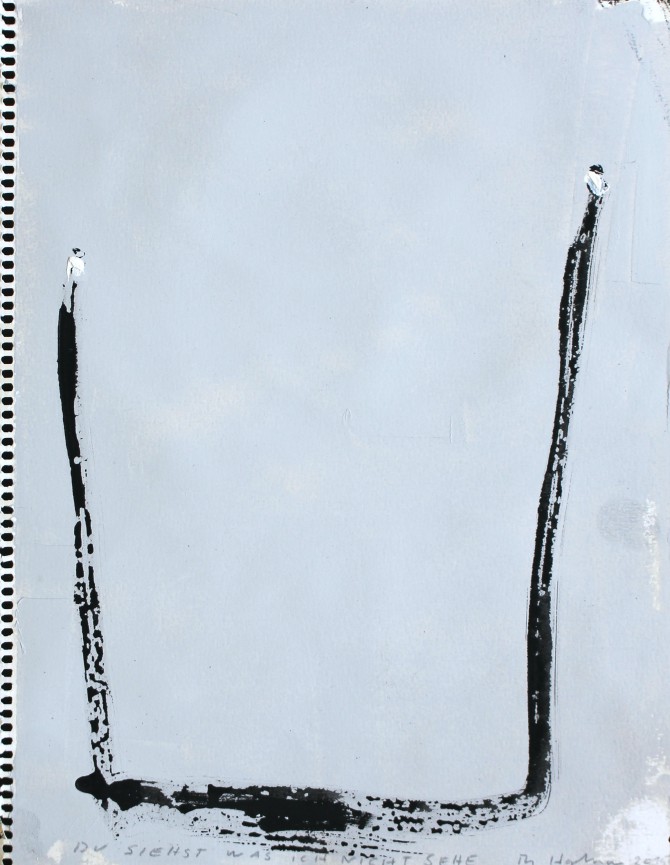
You see what I do not see
2015, mixed media/paper, 32 x 25 cm (SOLD)
2015, mixed media/paper, 32 x 25 cm (SOLD)
Night fishing, 2005, mixed media/paper, 30 x 40 cm
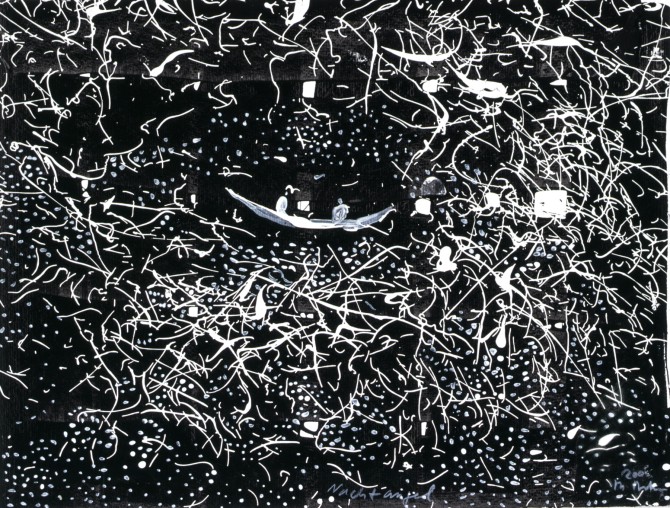
Night fishing, 2005, mixed media/paper, 30 x 40 cm
In the daily process of painting, Thomas Hartmann initially allows everything to happen. Then the actual work of tidying up, sorting out, structuring begins. Hartmann is not interested in themes, but in structures that he develops from his favourite motifs: Crowds of people from a bird's-eye view, the "up and down" (2018) of escalator riders, standing "In Reih und Glied" (2016) or the masses of books piling up labyrinthine in hallways and corridors, which know "No Beginning, No End" (2008/2014) and become "Burden and Pleasure" (2017) in the hands of the book lover disappearing behind his mountain of books. The rows of books on the floor of a library (O.T., 2015/2018), viewed from above, blocking access to a volume, resemble the rows of containers in a "port" (2013), associating stasis, trade blockage, not universal trade. The "Volkswagen, Volkswagen" (2015) lined up away from the assembly line in a huge car park like toy cars also become emblematic of mass traffic at a standstill. It is amazing how aptly these images describe the current state of the world.
Hartmann says, "the subject doesn't matter, my subject is painting." He develops this painting into a plasticity that enables him to combine different perspectives and to stretch and widen the space in such a way that the canvas can theoretically capture the whole world and its population. However, he already inevitably failed in his attempt to put the "Berliners" (1999/2018) on a canvas. In his painted libraries, he then succeeds after all in creating a metaphor for the encyclopaedic total knowledge of the world. Hartmann takes the position of the "surveyor" (2017), who inconspicuously but precisely observes what is happening around him from the edge. "Like a funnel, everything goes in with me and comes out as a concentrate. The content is always the finding of a form, a structure." His view of the world is an attempt to order the chaos of his perceptions, the "Wimmelbilder (Crowds Paintings)", to give them a structure in order to make them vivid. In doing so, he arranges the teeming masses into manageable quantities: Crowds of people at long work tables ("Long Table", 2019/20), clusters of houses, books, containers, cars. Just as the mathematical doctrine of sets and their links describes the world as a summary of different objects, Hartmann's painted sets are an attempt to understand and illustrate the world. Hartmann produces a kind of painted set theory that helps him and the viewer to look at the world in a distanced and illusionless way, but also to bear it with irony and composure as it is, without wanting to improve it. (Text: Eckhart J. Gillen, 2020)
Hartmann says, "the subject doesn't matter, my subject is painting." He develops this painting into a plasticity that enables him to combine different perspectives and to stretch and widen the space in such a way that the canvas can theoretically capture the whole world and its population. However, he already inevitably failed in his attempt to put the "Berliners" (1999/2018) on a canvas. In his painted libraries, he then succeeds after all in creating a metaphor for the encyclopaedic total knowledge of the world. Hartmann takes the position of the "surveyor" (2017), who inconspicuously but precisely observes what is happening around him from the edge. "Like a funnel, everything goes in with me and comes out as a concentrate. The content is always the finding of a form, a structure." His view of the world is an attempt to order the chaos of his perceptions, the "Wimmelbilder (Crowds Paintings)", to give them a structure in order to make them vivid. In doing so, he arranges the teeming masses into manageable quantities: Crowds of people at long work tables ("Long Table", 2019/20), clusters of houses, books, containers, cars. Just as the mathematical doctrine of sets and their links describes the world as a summary of different objects, Hartmann's painted sets are an attempt to understand and illustrate the world. Hartmann produces a kind of painted set theory that helps him and the viewer to look at the world in a distanced and illusionless way, but also to bear it with irony and composure as it is, without wanting to improve it. (Text: Eckhart J. Gillen, 2020)